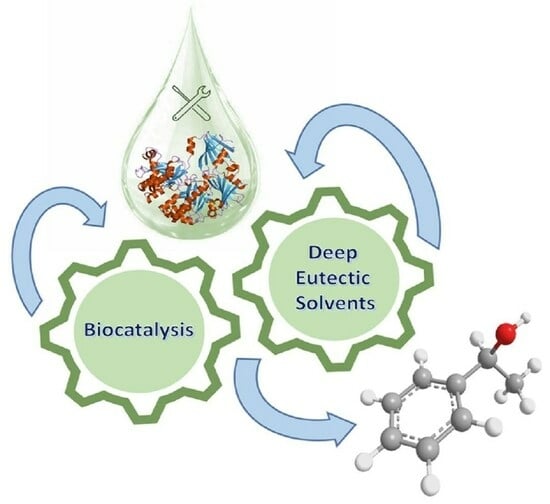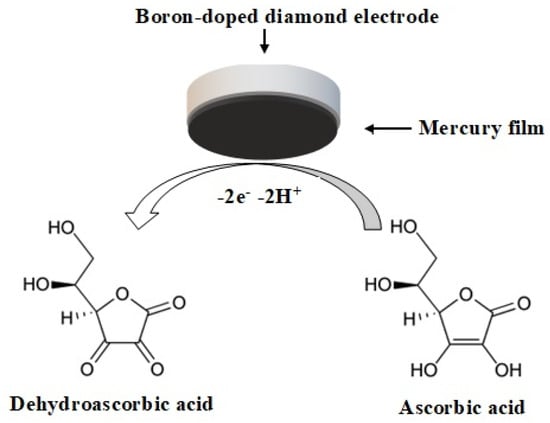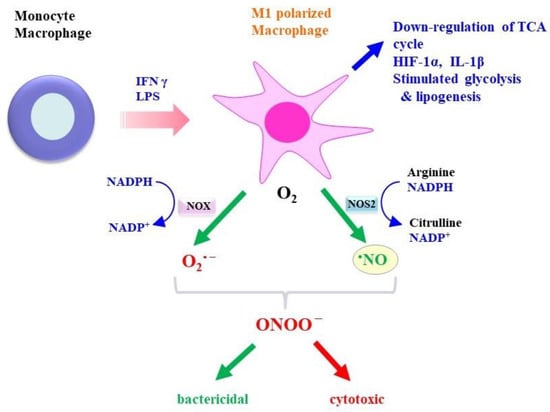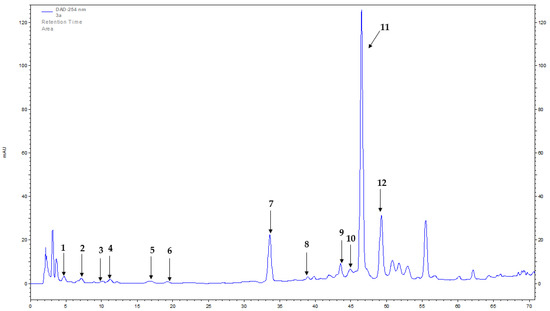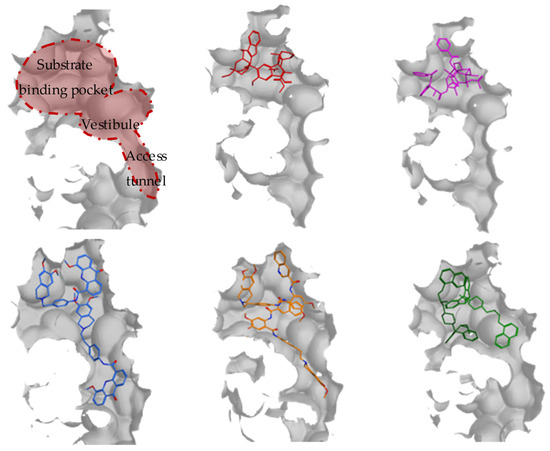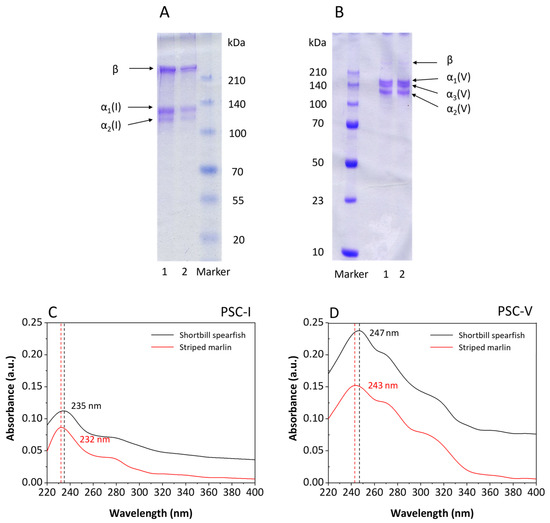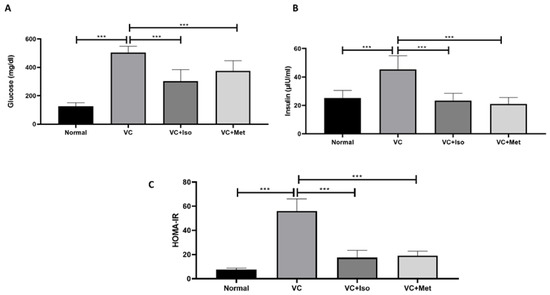Molecules 2023, 28(2), 516; https://doi.org/10.3390/molecules28020516 - 5 Jan 2023
Cited by 32 | Viewed by 4451
Abstract
During the last decade, a wide spectrum of applications and advantages in the use of deep eutectic solvents for promoting organic reactions has been well established among the scientific community. Among these synthetic methodologies, in recent years, various examples of biocatalyzed processes have
[...] Read more.
During the last decade, a wide spectrum of applications and advantages in the use of deep eutectic solvents for promoting organic reactions has been well established among the scientific community. Among these synthetic methodologies, in recent years, various examples of biocatalyzed processes have been reported, making use of eutectic mixtures as reaction media, as an improvement in terms of selectivity and sustainability. This review aims to show the newly reported protocols in the field, subdivided by reaction class as a ‘toolbox’ guide for organic synthesis.
Full article
(This article belongs to the Special Issue Exclusive Review Papers in Green Chemistry)
►
Show Figures
